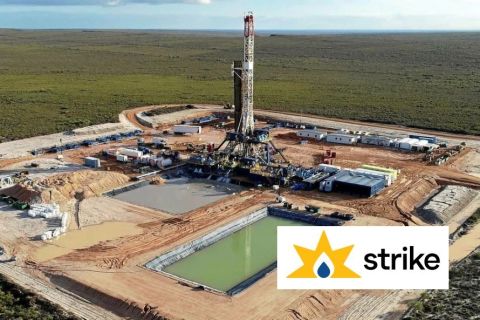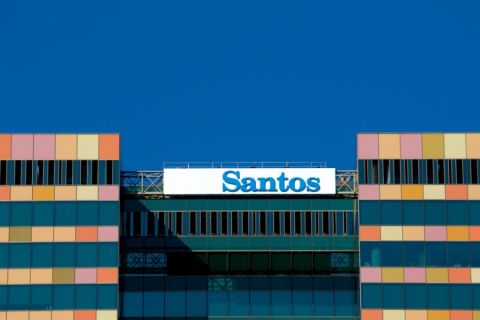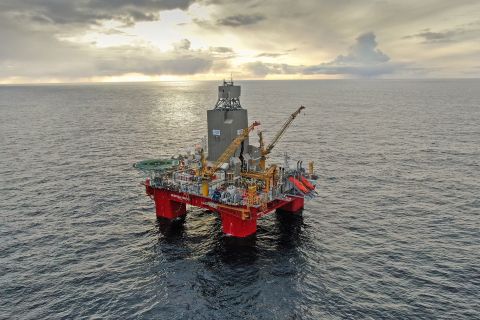Wood and gas distribution network company SGN are working together to evaluate and deliver short, medium and long-term solutions for the cross-sectoral decarbonization of the north east and east coast of Scotland, the companies said on Sept. 23.
SGN is committed to reaching net-zero carbon emissions by 2045, providing heat and warmth to 14 million people in homes and businesses across Scotland and southern England.
The North East Network & Industrial Cluster development project will deliver a comprehensive and practical roadmap that enables existing and future gas networks to help meet national net-zero 2045 decarbonization targets, and the ultimate goal of providing 100% hydrogen from renewable sources. The feasibility of this will be investigated alongside a carbon collection network to sequester CO2 from difficult to decarbonize sectors and possible negative emissions.
The multidisciplinary team from across Wood’s global business, including renewables, carbon capture, hydrogen production and pipeline distribution experts, will investigate re-purposing and further developing SGN’s existing distribution gas networks on the east coast and central belt of Scotland as a viable alternative to natural gas, using hydrogen and carbon capture and storage (CCS) technologies.
According to NECCUS, Scottish industry currently emits about 11.9 million tonne of CO2 per year, the equivalent of around 2.6 million cars. With many of the largest emitters clustered together, key industrial locations such as Grangemouth, Mossmorran and St Fergus will be major focal points for the study.

Infographic showing proposed clean hydrogen reconfiguration concept. (Source: Wood)
This holistic technical assessment will include investigating the potential for other cross-sectoral uses for hydrogen such as road freight, rail, and maritime transport and, in the long term, aviation.
The study will also assess the feasibility of the development of an offshore hydrogen supergrid linking offshore hydrogen production and potential storage locations with onshore industrial facilities in the U.K., Germany, Netherlands, and Belgium.
“The north east of Scotland has the potential to become a major hydrogen hub thanks to its existing infrastructure and the clustering of major carbon emitters, as well as the proximity to storage capacity for sequestered carbon dioxide and onshore and offshore renewable energy resources,” Joe Sczurko, CEO of Wood’s technical consulting solutions business, said.
Recommended Reading
US Drillers Add Oil, Gas Rigs for First Time in Five Weeks
2024-04-19 - The oil and gas rig count, an early indicator of future output, rose by two to 619 in the week to April 19.
Strike Energy Updates 3D Seismic Acquisition in Perth Basin
2024-04-19 - Strike Energy completed its 3D seismic acquisition of Ocean Hill on schedule and under budget, the company said.
Santos’ Pikka Phase 1 in Alaska to Deliver First Oil by 2026
2024-04-18 - Australia's Santos expects first oil to flow from the 80,000 bbl/d Pikka Phase 1 project in Alaska by 2026, diversifying Santos' portfolio and reducing geographic concentration risk.
Iraq to Seek Bids for Oil, Gas Contracts April 27
2024-04-18 - Iraq will auction 30 new oil and gas projects in two licensing rounds distributed across the country.
Vår Energi Hits Oil with Ringhorne North
2024-04-17 - Vår Energi’s North Sea discovery de-risks drilling prospects in the area and could be tied back to Balder area infrastructure.



